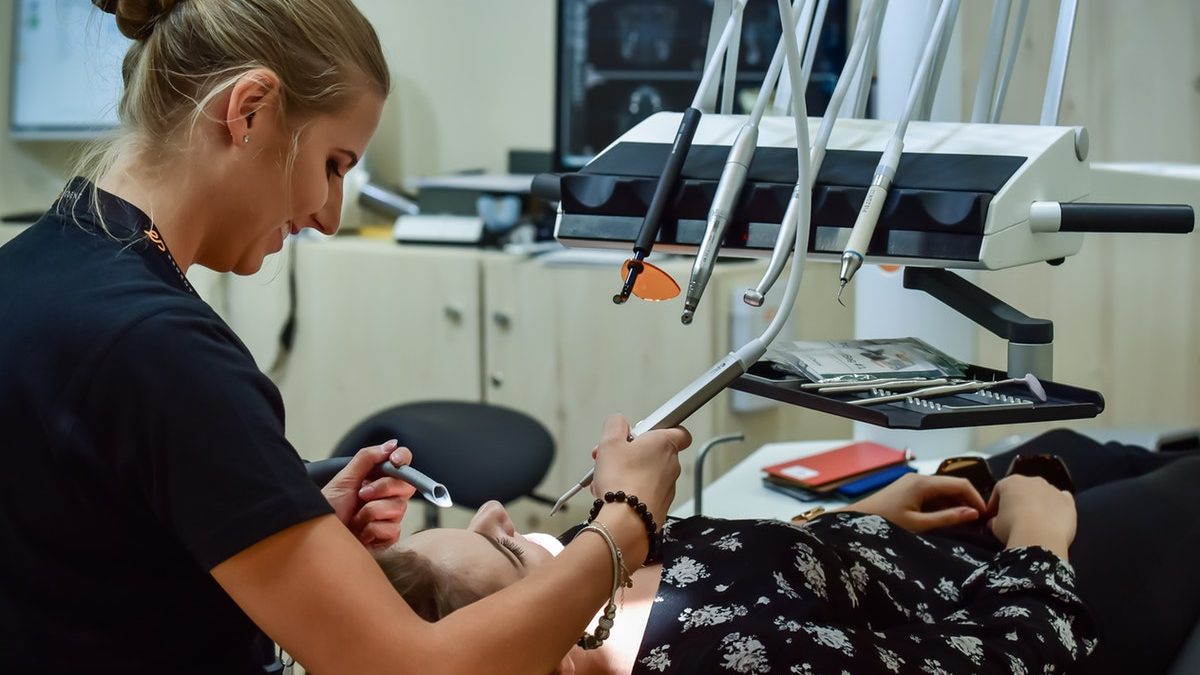A root canal is a dental system that involves removing damage to the interior pulp, allowing the natural tooth to be strengthened and saved from further damage. Root canal treatment is an excellent choice for patients whose teeth cannot be saved with a simple filling.
Before going for a procedure, ensure you get rid of any form of anxiety or fear. One of the many reasons most people avoid a root canal is the fear of the pain during the procedure and the aftercare. Should that be the case, then you might want to consider a visit to your local sedation dentistry in Calgary. Following a procedure, there’s a certain level of aftercare that everyone will need to adhere to. A root canal can save one or more of your teeth, and it’s integral to stick to these recommendations for the best outcome possible and to help speed up your recovery. Here are 5 top tips for root canal aftercare.
Table of Contents
Stick To Soft Foods
When it comes to choosing what to eat after a root canal treatment, it’s best to choose soft foods. Sufferers can eat when they feel ready, but be sure to avoid any hard or crunchy foods as this can increase the risk of damaging the temporary filling.
The filing serves to seal the tooth following a root canal treatment until a permanent restoration has been put in place, so it’s wise to avoid hard foods that could damage the filling or even break the tooth. The tooth will most likely be sensitive, so hot and cold foods. As well as foods that are sticky or chewy, may also cause quite a bit of discomfort.
Brush Gently
Following your root canal treatment, it’s incredibly important to keep the area as clean as possible. The tooth and surrounding gums of a treated area need proper care. It’s vital that when brushing and flossing, to be gentle, while still removing any bacteria. Flossing around the temporary filling maybe a little more difficult. Be sure to take your time during this recovery period and not to force the floss.
If you have severe difficulties, it’s a good idea to contact your dentist to see if they can reshape the filling if necessary.
Get A Crown Placed
During a root canal treatment, an interior portion of your tooth is removed, thus making the structure weaker. In most cases, a crown or cap is used to protect the tooth and prevent damage.
Crowns are usually placed during a second procedure, once your tooth and mouth have a chance to heal. A dental crown helps protect your affected tooth from further decay, damage, and infection, along with improving the appearance, functionality, and strength of your tooth.
Treat Discomfort As Needed
Root canals may not be as worrisome for patients as they used to be, due to advances in techniques and pain management. Most dentists help patients preserve their natural teeth with modern restorative procedures following their root canal treatment. Using the most advanced pain relief techniques such as sedation, treatments are not painful, and patients are made to be comfortable and relaxed during the procedure. Most uneasiness is relatively mild and related to bruised tissues around the treated tooth.
A tooth infection, however, can be a painful experience regardless. So it’s important to remember to take any medications or antibiotics as directed by your dentist. Throbbing pain and discomfort that doesn’t go away or increases in intensity could be a sign of a problem. Be sure to call your dental practice immediately for a checkup if this is the case.
Be sure also to take pain relievers to manage discomfort and reduce the inflammation. Non-prescription, anti-inflammatory medicine like acetaminophen (Tylenol) or ibuprofen helps to reduce any root canal pain following the first few days after the procedure.
Reduce Stress On Your Tooth
Before a crown is placed, your treated tooth is temporarily unprotected. As the medication used to numb your mouth during the procedure wears off. You may feel some tenderness in the area for a few days. As everything heals, you can also expect some mild soreness in your jaw from keeping your mouth open for an extended period of time.
It’s crucial during this stage to avoid chewing on that side of your mouth to reduce stress on the particular tooth. Be sure not to chew or bite down on the treated tooth until it is fully restored by your dentist to avoid damaging it. Once your root canal and follow-up appointments are completed. Be sure to return for a final crown to restore your tooth fully. A fitly treated and restored tooth can last as long as your natural teeth.
Aftercare is vital due to the effects on the structure of your treated tooth. Be sure to follow these top 5 tips to ensure a speedy and successful root canal recovery.

